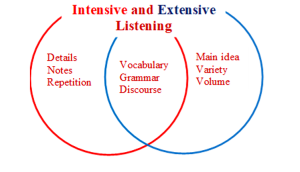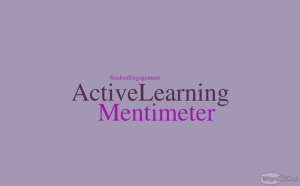In my very first TESL Ontario blog post, I shared an activity to help teachers remember their students’ names.1 It also happens that the activity helps students learn each other’s names and, as a result, helps to build community. By addressing each other by name, students are more likely to build bonds and feel valued. Building community is a process, however, and although this activity is a good start, teachers can incorporate other activities throughout the term or academic year to make the process memorable.
The following activity is one I use to help strengthen students’ sense of community by letting them share something about themselves that highlights a positive attribute. This activity also gives the teacher the opportunity to do the same.










